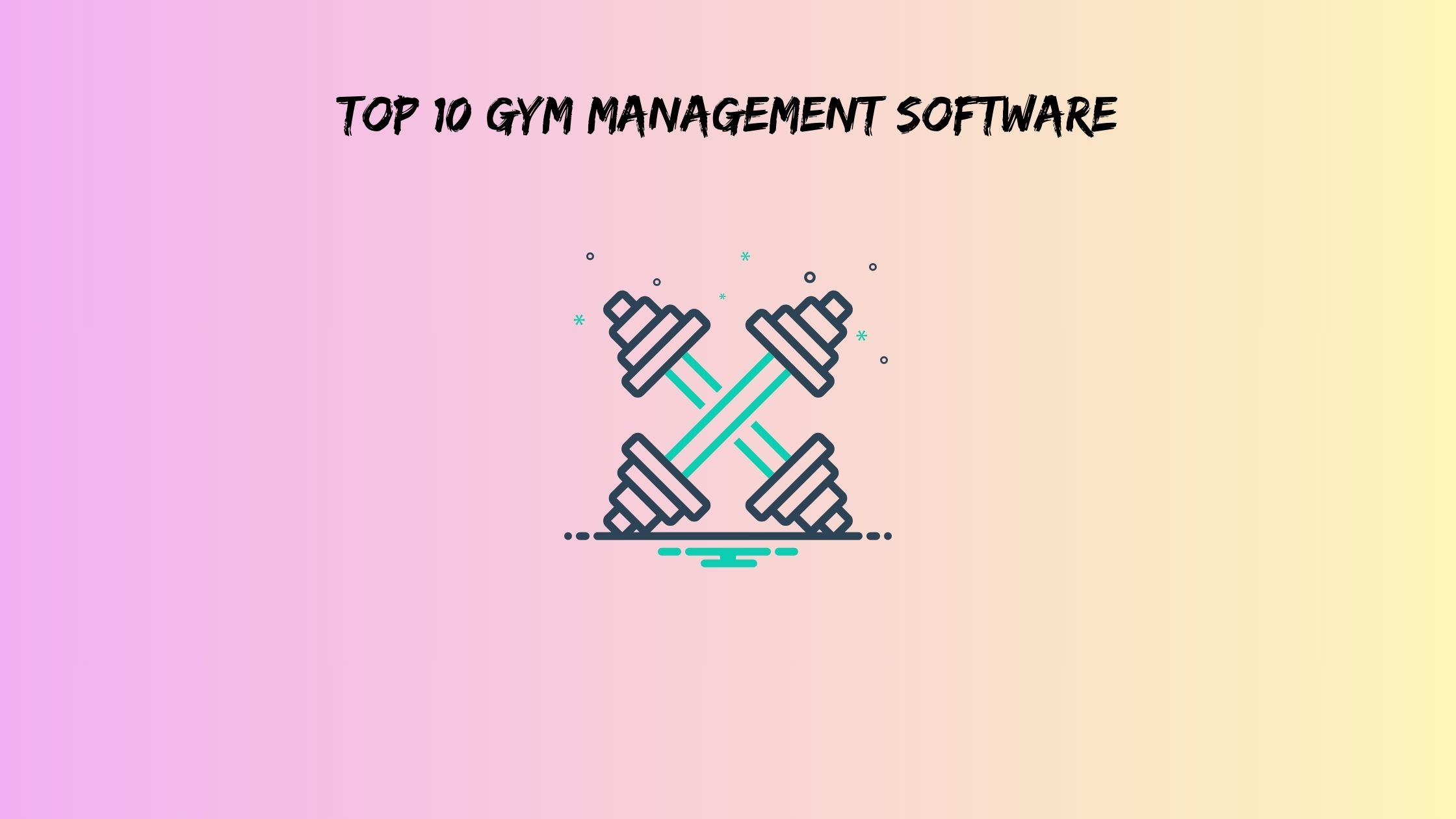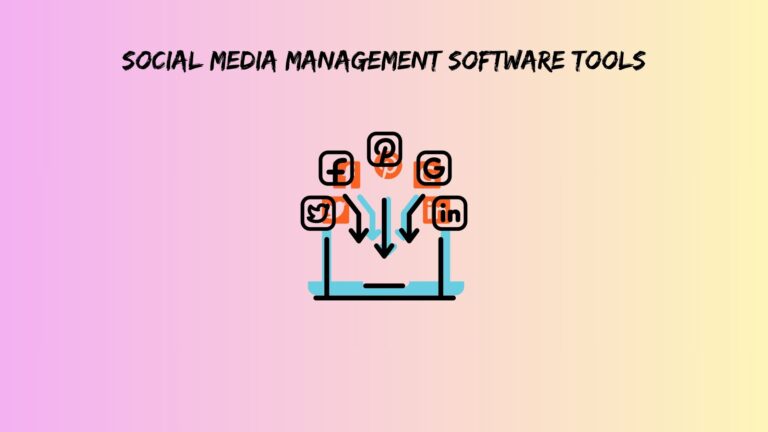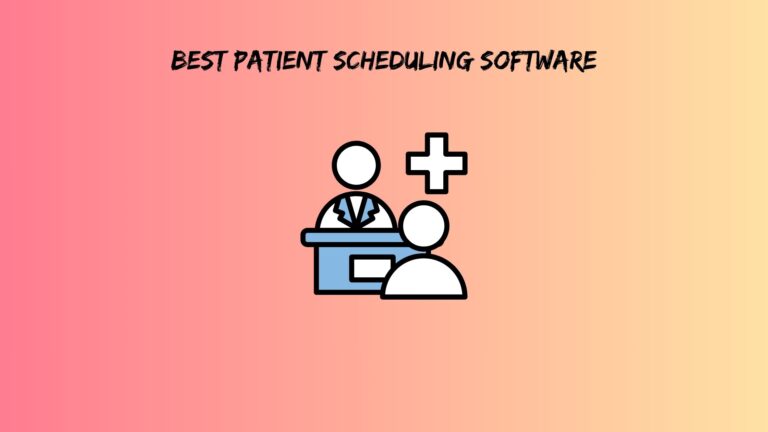Top 10 Gym Management Software for Fitness Studios & Personal Trainers
Running a gym without proper software is like trying to deadlift 400 pounds with shoelaces instead of straps. You might survive, but why risk it? The fitness industry has changed dramatically since 2020, and gym owners who still rely on paper schedules and cash registers are getting left behind faster than someone skipping leg day.
Here’s the reality: 73% of gym members expect to book classes through mobile apps, yet many fitness businesses still operate like it’s 1995. Meanwhile, successful gym owners using the best gym management software online report 35% higher member retention and 28% more revenue per member.
This guide breaks down the top 10 gym management software solutions that actually work in 2025. No fluff, no marketing speak, just straight talk about what each platform does well and where it falls short.
Why Gym Management Software Matters More Than Ever
Your members live on their phones. They order food, book rides, and manage their entire lives through apps. Yet many gyms still make them call to cancel a class or stand in line to pay membership fees. That disconnect costs money.
Smart gym management software fixes three major problems. First, it eliminates the administrative chaos that eats up your day. Second, it creates seamless member experiences that keep people coming back. Third, it provides data insights that help you make better business decisions instead of guessing what works.
The best gym management software system handles everything from class scheduling to payment processing while giving your members the digital experience they expect. Plus, it frees up your time to focus on what actually matters: helping people reach their fitness goals.
How We Evaluated These Platforms
Instead of just listing features like everyone else, we tested each platform using five criteria that actually matter:
Setup Speed: How quickly can you go from signup to serving members? Learning Curve: Will your staff need a computer science degree to use it? Growth Support: Can it handle your business as it expands? Value Ratio: Does the price make sense for what you get? Support Quality: When things go wrong, do they help or hide?
We also talked to real gym owners, personal trainers, and studio managers who use these platforms daily. Their insights shaped every recommendation in this guide.
Also read: ai crm software
The Top 10 Gym Management Software Solutions
1. Mindbody
Perfect for: Multi-location fitness chains and wellness centers
Mindbody acts like the Swiss Army knife of fitness software, but sometimes that means it’s overly complex for simple needs. The platform shines when managing multiple locations with different class types, instructor schedules, and member packages.
What sets Mindbody apart is its marketplace feature, which connects your gym to millions of potential customers actively searching for fitness classes. Think of it as the Expedia for fitness; people discover and book your classes through the Mindbody app.
The downside? It’s expensive and can feel overwhelming for small operators. Setup takes longer than most alternatives, and the learning curve is steeper. However, larger fitness businesses often see 20-25% increases in new member acquisition through marketplace exposure.
2. Vagaro
Perfect for: Boutique studios and personal trainers starting out
Vagaro takes a different approach by serving both beauty salons and fitness studios. This might sound odd, but it actually creates advantages. The platform includes robust marketing tools typically found in higher-priced solutions.
The best software for gym management for solopreneurs includes automated text reminders, social media integration, and basic e-commerce capabilities. Vagaro delivers all of this at a fraction of competitors’ costs.
Small gym owners love the freemium model – you can start with basic features and upgrade as your business grows. The mobile app works smoothly, and member booking is straightforward. Just don’t expect advanced reporting or complex membership structures.
3. Zenoti
Perfect for: Premium wellness centers and spa-fitness hybrids
Zenoti targets the luxury fitness market with features designed for high-end operations. If your gym offers massage therapy, nutrition counseling, or retail products alongside fitness classes, Zenoti handles the complexity well.
The inventory management system tracks everything from protein powder to yoga mats. Staff scheduling includes commission calculations and performance metrics. International businesses benefit from multi-currency support and language options.
Pricing reflects the premium positioning – Zenoti costs significantly more than basic platforms. However, upscale fitness centers often justify the expense through improved operational efficiency and member experience quality.
4. PushPress
Perfect for: CrossFit boxes and functional fitness gyms
CrossFit culture values community and competition, and PushPress builds software around those principles. Member leaderboards, workout tracking, and social features create engagement that keeps athletes coming back.
The platform understands CrossFit terminology and methodology better than generic fitness software. Workout results integrate with class scheduling, and members can track personal records over time. Community challenges and competitions happen seamlessly within the system.
PushPress pricing remains reasonable compared to enterprise solutions while delivering specialized features that CrossFit athletes expect. The trade-off involves less flexibility for non-CrossFit fitness models.
5. LegitFit
Perfect for: Personal trainers and small group fitness
LegitFit embraces simplicity over feature bloat. The interface includes only essential functions – scheduling, payments, and basic member management. This focused approach appeals to trainers who want software that works without complexity.
Setup takes under an hour, and most users master the system within a day. The mobile app covers core functions without unnecessary bells and whistles. Pricing stays low because you’re not paying for features you’ll never use.
Limited customization options mean LegitFit won’t suit every business model. However, personal trainers and small studios often find it provides exactly what they need without the confusion of enterprise platforms.
6. TeamUp
Perfect for: Class-based fitness studios (yoga, pilates, dance)
TeamUp originated in Europe with GDPR compliance built in from day one. The platform excels at managing class-based businesses where scheduling flexibility matters most.
Waitlist management works brilliantly – members automatically get spots when others cancel. Credit systems let people use class packages across different locations or instructors. The booking process feels intuitive for members while giving administrators powerful control options.
European design principles show throughout the interface. Everything feels clean and logical without excessive decoration. The per-active-member pricing model means you only pay for engaged customers, not dormant accounts.
7. Wellyx
Perfect for: Mid-size gyms looking for comprehensive features
Wellyx positions itself as the middle ground between basic and enterprise solutions. The CRM system tracks leads from initial inquiry through membership signup and retention.
Member retention analytics help identify at-risk customers before they cancel. Automated email sequences nurture prospects and encourage renewals. The reporting dashboard provides insights without requiring a data science degree to understand.
Feature coverage is broad without being overwhelming. Most gym owners can implement Wellyx without extensive training or consulting help. Pricing transparency eliminates surprise fees that plague some competitors.
8. Clubworx
Perfect for: Traditional gyms and fitness centers
Clubworx focuses on facility security and access control more than trendy features. Door integration, security cameras, and member check-in systems work seamlessly together.
The platform handles traditional gym operations exceptionally well – equipment maintenance schedules, facility booking, and large membership databases. Corporate gym chains appreciate the scalability and security features.
User interface design feels dated compared to newer platforms, but functionality remains solid. Gym owners prioritizing security and access control over social features often prefer Clubworx’s practical approach.
9. Virtuagym
Perfect for: Tech-forward gyms wanting a comprehensive digital experience
Virtuagym builds complete digital ecosystems around fitness businesses. Custom mobile apps, workout planning, nutrition coaching, and social features create engaging member experiences.
The white-label app development lets gyms brand their own mobile presence instead of using generic booking apps. Workout libraries include video demonstrations and progress tracking. Nutrition coaching tools complement fitness programs.
Implementation complexity increases with feature richness. Gyms need technical resources or consulting help to utilize Virtuagym’s full capabilities. However, tech-savvy fitness businesses often see significant member engagement improvements.
10. Gymflow
Perfect for: Independent gym owners seeking simplicity
Gymflow strips away complexity to focus on workflow efficiency. The dashboard provides quick access to daily operations without navigating through multiple menu layers.
Reporting features emphasize actionable insights over detailed analytics. Member management stays simple while covering essential functions. Billing automation reduces administrative overhead without complicated setup procedures.
Limited customization means Gymflow won’t suit every business model. Independent gym owners who value simplicity over features often find it provides exactly what they need without confusion.
Also read: best subscription billing software
Choosing the Right Software for Your Business
Different gym types need different solutions, and the best gym management software online varies based on your specific situation.
Solo Personal Trainers should prioritize cost-effectiveness and ease of use. Vagaro, LegitFit, and Gymflow offer essential features without overwhelming complexity or expensive monthly fees.
Boutique Studios managing under 200 members benefit from class-focused platforms. TeamUp, Wellyx, and Virtuagym provide scheduling flexibility and member engagement tools that small studios need.
Growing Gym Chains require scalability and advanced features. Mindbody, Zenoti, and Clubworx handle multiple locations, complex reporting, and enterprise-level integrations effectively.
Specialized Fitness businesses like CrossFit or martial arts need industry-specific features. PushPress, Virtuagym, and TeamUp offer customization options that generic platforms can’t match.
Implementation Strategy That Actually Works
Most gym software implementations fail because owners rush the process. Smart implementation follows a proven sequence that minimizes disruption while maximizing success rates.
Start by documenting your current processes before changing anything. Export member data, class schedules, and payment information. Create backup systems that let you revert if problems arise during transition.
Train your staff gradually instead of throwing them into new software on launch day. Most platforms offer training resources, but hands-on practice matters more than watching tutorial videos. Give everyone at least a week to practice before going live with members.
Set realistic expectations about learning curves and temporary inefficiencies. Even the best transitions involve short-term productivity drops while everyone adjusts to new systems.
Monitor key metrics closely during the first month. Track member satisfaction, staff efficiency, and operational smoothness. Address problems quickly before they compound into larger issues.
Making Your Final Decision
The top 10 gym management software options we’ve covered each serve different needs effectively. Your choice should align with your business model, technical comfort level, and growth plans.
Small operations benefit from simple, affordable solutions that handle core functions well. Large businesses need scalable platforms with advanced features and integration capabilities. Specialized fitness models require industry-specific functionality that generic platforms can’t provide.
Don’t choose based on feature lists alone. The best software is the one your team will actually use consistently. Complex platforms with hundreds of features often create more problems than they solve if your staff struggles with daily operations.
Start with free trials from your top three candidates. Test real scenarios with actual member data and typical daily workflows. Pay attention to how the software feels during busy periods when you’re juggling multiple tasks simultaneously.
Remember that switching platforms later involves significant time and cost. Choose carefully based on where your business is heading, not just current needs. The right software investment pays dividends for years through improved efficiency and member satisfaction.
Also read: best learning management system
Frequently Asked Questions
How much should I expect to pay for gym management software?
Pricing varies dramatically based on features and business size. Personal trainers can find solid solutions for $30-50 monthly, while boutique studios typically pay $80-150 per month. Large gyms and chains often invest $200-500+ monthly for enterprise features. Don’t focus solely on price – calculate the value based on time savings and revenue improvements the software enables.
Can I switch gym management software if my current platform isn’t working?
Yes, but plan carefully to minimize disruption. Most platforms offer data export options, though formatting may require cleanup. Member communication becomes crucial during transitions – explain changes and provide extra support during the adjustment period. Budget 2-4 weeks for complete transitions, including staff training and member onboarding to new systems.
Do I need technical expertise to manage gym software effectively?
Modern gym management platforms are designed for non-technical users, but some comfort with technology helps. Basic computer skills and a willingness to learn new systems are usually sufficient. Most vendors provide training resources and customer support during implementation. If you’re completely uncomfortable with technology, consider platforms known for simplicity like LegitFit or Gymflow.







